The main objective of this book is to bring all the research activities of mutation breeding in one umbrella. This book comprises of 19 chapters i.e. Introduction, History of Mutation breeding, Classification of Mutation, Physical Mutagens and their mode of action, Chemical mutagens and their mode of action, DNA repair Mechanism, Mutagenic Effects, Mutagensity Test, Detection of mutations, Requirement of Mutation Breeding, Mutation breeding scheme for seed propagated crop, Application of mutagenesis in seed propagated crops, Mutation breeding scheme for vegetative propagated crop, Application of mutagenesis in vegetatively propagated crops, Mutation useful for crop improvement, In Vitro mutagenesis, Achievements of Mutation Breeding and Working with mutation breeding. We feel confident that this book will be of immense use for students, teachers and researchers working in the field of mutation breeding.
Contents: 1. Introduction. 2. History of mutation breeding. 3. Spontaneous and induced mutations. 4. Classification of mutations. 5. Physical mutagens and their mode of action. 6. Chemical mutagens and their mode of action. 7. DNA repair mechanism. 8. Mutagenic effects (M1 damage). 9. Mutagenecity test. 10. Detection of mutation. 11. Requirements of mutation breeding. 12. Induced mutation techniques in sexually – propagated crops (seed). 13. Application of mutation breeding in some seed – propagated crops. 14. Mutation breeding techniques in vegetatively – propagated crops. 15. Applied research work in some vegetatively –propagated crops. 16. griculturally–useful mutants. 17. In vitro mutation breeding. 18. Mutations in functional genomics and mutant libraries. 19. Achievements of mutation breeding. 20. Working with mutation breeding. References. Glossary. Subject Index.

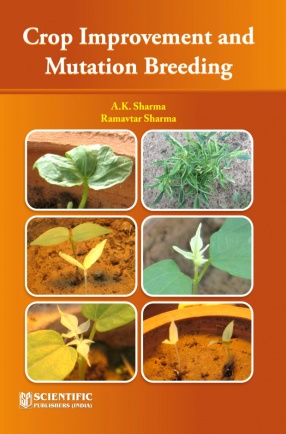

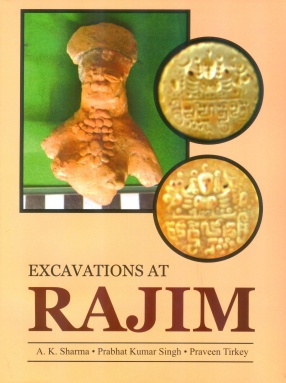
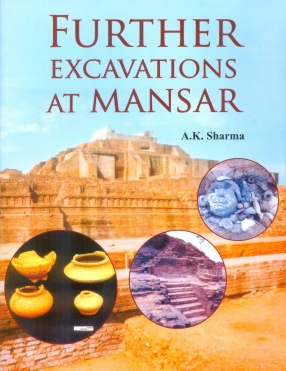
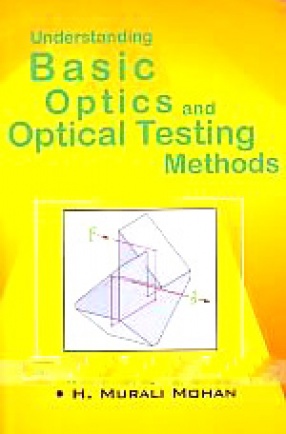

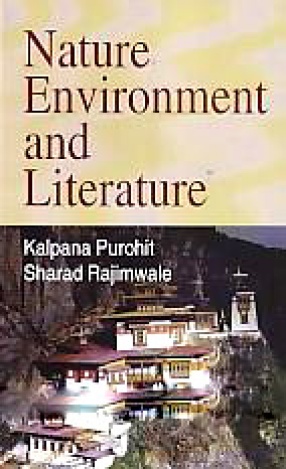
There are no reviews yet.